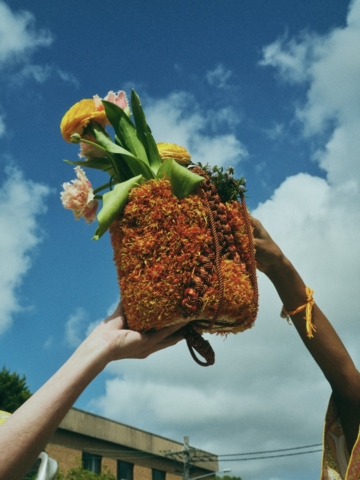Work; Fifty Years of Nudes in a Room
By Jo Phillips
For over fifty years Philip Pearlstein (b. 1924) has been perfecting the art of painting nudes in a room. The obsession began in 1961 where he found his true calling in a life drawing class after years of painting abstract expressionistic landscapes. The nude has always been an intrinsic feature of art history and in a time when the New York art scene was an Abstract world, Pearlstein’s fixation on realism and this classic subject was seen as a radical act which often kept his work in the shadows over the decades of his career.
His long and rich career as an artist began in 1942 at just 18 years old when he won a painting competition which was featured in Life Magazine. He was born in Pittsburgh and grew up during the Great Depression where his father sold chickens and eggs. Yet despite this hardship his parents still encouraged his interest in art as he grew up and sent him to art classes at Pittsburgh’s Carnegie Museum of Art.
A year later he was drafted by the US Army for two years to serve during World War II where he learned printmaking and screen-printing which led him to be stationed in Italy making road signs. Whilst in Europe he continued to sketch, depicting life in the army and was inspired by Italian renaissance art he came across in Rome, Florence, Venice and Milan.
Models with G0dzilla etc 1990
Returning to Pittsburgh in 1946, he attended the Carnegie Institute and became best friends with Andy Warhol who gravitated towards him in class on hearing his work had been featured in Life Magazine. After leaving college, Pearlstein and Warhol both moved into a New York apartment together to pursue their creative careers. They went their separate ways when Pearlstein married fellow classmate Dorothy Cantor in 1950 and focused on industrial catalogue work to make money as well as starting a Masters in Art History at New York University Institute of Fine Arts.
Pearlstein spent most of the 1950s exhibiting fashionable abstract landscape paintings, but then he turned his attentions to exclusively depicting the nude. He was interested in painting the truth of what was before him and ensuring that every hair and fingernail was documented accurately which led to desexualising the naked bodies; it objectified them to the point where they could not be seen as sexual objects but purely as biological fact.
Over time Pearlstein has used many media in painting, favouring oils and watercolours, but his approach has always been the same. In the 1980s he began adding objects to his paintings to challenge the compositions but also created digital paintings on a tablet with an electronic stylus which were exhibited on screens and showed the process of layer upon layer of strokes that created the final piece. He preferred these images to be seen on a screen rather than printed so the viewer could see the development of the painting into abstraction.
Model in Japanese Robe with African Carvings
Model in Japanese Robe and African carving 2006 with African Carvings , 2009
Since the 1960s his paintings have grown more and more complex as he has focused on finding the most challenging compositions to paint whether in a change of viewpoint, intricate fabric patterns or cityscapes depicted behind the models. The objects do not offer any symbolism and can range from a Michelin man to a blimp model. His studio is filled with these items which he has found at flea markets over the years and have been also given as gifts from loved ones. He doesn’t choose the objects to give meaning to the nudes, they are simply there to challenge the composition and models poses whilst giving the paintings curious shapes, textures and colours.
Over fifty years later at the age of 93, Pearlstein is still painting nudes in a room with great skill and attention to detail. His most recent exhibition Paintings 1990 – 2017 at SALON at The Saatchi Gallery brings this inspiring and purposeful New York artist’s work to a fresh British audience.
by Jasmine Gauthier
Philip Pearlstein: Paintings 1990 – 2017 will be showing at SALON at The Saatchi Gallery until 25 March 2018. More information







